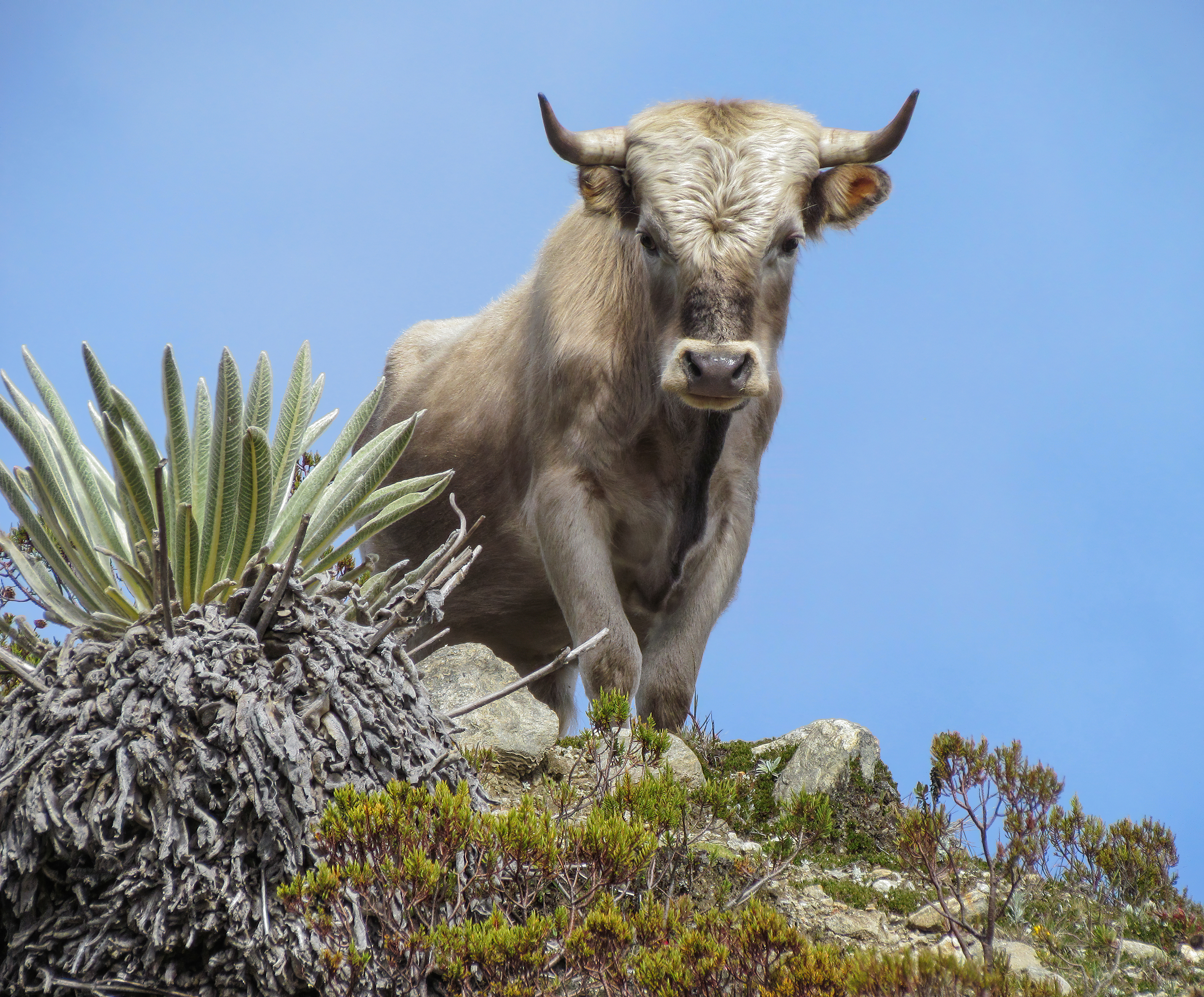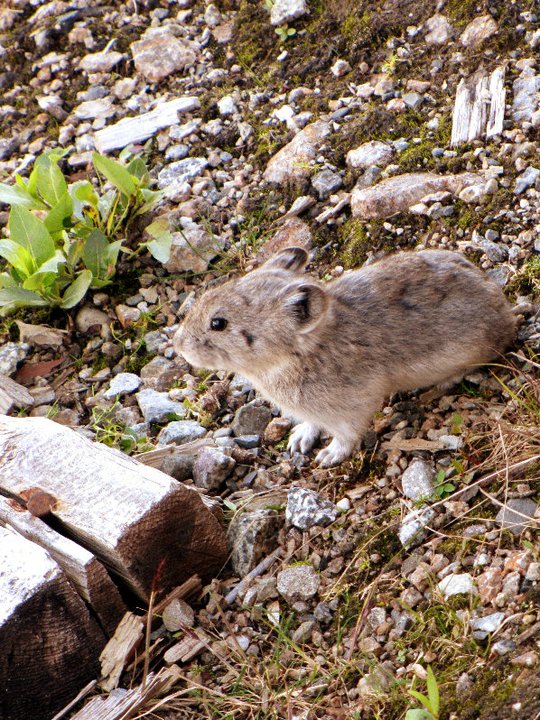|
Pentalagus
The Amami rabbit (''Pentalagus furnessi''; ), or , also known as the Ryukyu rabbit is a dark-furred rabbit which is only found in Amami Ōshima and Toku-no-Shima, two small islands between southern Kyūshū and Okinawa in Kagoshima Prefecture (but actually closer to Okinawa) in Japan. Often called a living fossil, the Amami rabbit is a living remnant of ancient rabbits that once lived on the Asian mainland, where they died out, remaining only on the two small Japanese islands where they live today. Evolution ''Pentalagus'' is thought to be a descendant of '' Pliopentalagus,'' known from the Pliocene of China and Eastern to Central Europe. Biology Diet The amami rabbit feeds on over 29 species of plants, which incorporates 17 species of shrubs and 12 species of herbaceous plants, consuming mostly the sprouts, young shoots and acorns. It also eats nuts and cambium of a wide variety of plant species. It is observed that the amami rabbit also feeds on the bark of stems ... [...More Info...] [...Related Items...] OR: [Wikipedia] [Google] [Baidu] |
Rabbit
Rabbits, also known as bunnies or bunny rabbits, are small mammals in the family Leporidae (which also contains the hares) of the order Lagomorpha (which also contains the pikas). ''Oryctolagus cuniculus'' includes the European rabbit species and its descendants, the world's 305 breeds of domestic rabbit. ''Sylvilagus'' includes 13 wild rabbit species, among them the seven types of cottontail. The European rabbit, which has been introduced on every continent except Antarctica, is familiar throughout the world as a wild prey animal and as a domesticated form of livestock and pet. With its widespread effect on ecologies and cultures, the rabbit is, in many areas of the world, a part of daily life—as food, clothing, a companion, and a source of artistic inspiration. Although once considered rodents, lagomorphs like rabbits have been discovered to have diverged separately and earlier than their rodent cousins and have a number of traits rodents lack, like two extra ... [...More Info...] [...Related Items...] OR: [Wikipedia] [Google] [Baidu] |
Living Fossil
A living fossil is an extant taxon that cosmetically resembles related species known only from the fossil record. To be considered a living fossil, the fossil species must be old relative to the time of origin of the extant clade. Living fossils commonly are of species-poor lineages, but they need not be. While the body plan of a living fossil remains superficially similar, it is never the same species as the remote relatives it resembles, because genetic drift would inevitably change its chromosomal structure. Living fossils exhibit stasis (also called "bradytely") over geologically long time scales. Popular literature may wrongly claim that a "living fossil" has undergone no significant evolution since fossil times, with practically no molecular evolution or morphological changes. Scientific investigations have repeatedly discredited such claims. The minimal superficial changes to living fossils are mistakenly declared as an absence of evolution, but they are examples of ... [...More Info...] [...Related Items...] OR: [Wikipedia] [Google] [Baidu] |
National Museum Of Nature And Science
The is in the northeast corner of Ueno Park in Tokyo. The museum has exhibitions on pre- Meiji science in Japan. It is the venue of the taxidermied bodies of the legendary dogs Hachikō and Taro and Jiro. A life-size blue whale model and a steam locomotive are also on display outside. History Blue whale Life size model. Opened in 1871, it has had several names, including Ministry of Education Museum, Tokyo Museum, Tokyo Science Museum, the National Science Museum of Japan, and the National Museum of Nature and Science as of 2007. It was renovated in the 1990s and 2000s, and offers a wide variety of natural history exhibitions and interactive scientific experiences. It was completed as the main building of the Tokyo Science Museum in September 1931 as part of the reconstruction project after the Great Kanto Earthquake. Neo-Renaissance style. Designed by Kenzo Akitani, an engineer of the Ministry of Education, Culture, Sports, Science and Technology, Building Division. The ... [...More Info...] [...Related Items...] OR: [Wikipedia] [Google] [Baidu] |
Nut (fruit)
A nut is a fruit consisting of a hard or tough nutshell protecting a kernel which is usually edible. In general usage and in a culinary sense, a wide variety of dry seeds are called nuts, but in a botanical context "nut" implies that the shell does not open to release the seed ( indehiscent). Most seeds come from fruits that naturally free themselves from the shell, but this is not the case in nuts such as hazelnuts, chestnuts, and acorns, which have hard shell walls and originate from a compound ovary. The general and original usage of the term is less restrictive, and many nuts (in the culinary sense), such as almonds, pecans, pistachios, walnuts, and Brazil nuts, are not nuts in a botanical sense. Common usage of the term often refers to any hard-walled, edible kernel as a nut. Nuts are an energy-dense and nutrient-rich food source. Botanical definition A seed is the mature fertilised ovule of a plant; it consists of three parts, the embryo which will develop into ... [...More Info...] [...Related Items...] OR: [Wikipedia] [Google] [Baidu] |
Amami Guntō National Park
is a national park in Kagoshima Prefecture, Japan. Established in 2017, the park comprises a land area of and a sea area of . The national park includes areas of these islands: Tokunoshima, Kikai, Amami, Yoron, Okinoerabujima, Uke Island, Kakeromajima and Yoroshima. History On 15 February 1974 the Amami Guntō Quasi-National Park was founded on Amami Ōshima. On 7 March 2017 the Amami Guntō National Park was established and it subsumed the former Amami Guntō Quasi-National Park. The Amami Guntō National Park includes parts of the municipalities of Amagi, Amami, China, Isen, Kikai, Setouchi, Tatsugō, Tokunoshima, Uken, Wadomari, Yamato, and Yoron. The designation of the new National Park, alongside that of Yanbaru National Park, is part of the movement to have Amami-Oshima Island, Tokunoshima Island, the northern part of Okinawa Island and Iriomote Island inscribed on the UNESCO World Heritage List. The Amami Wildlife Center is managed by Japan's ... [...More Info...] [...Related Items...] OR: [Wikipedia] [Google] [Baidu] |
Cadaver
A cadaver or corpse is a dead human body that is used by medical students, physicians and other scientists to study anatomy, identify disease sites, determine causes of death, and provide tissue to repair a defect in a living human being. Students in medical school study and dissect cadavers as a part of their education. Others who study cadavers include archaeologists and arts students. The term ''cadaver'' is used in courts of law (and, to a lesser extent, also by media outlets such as newspapers) to refer to a dead body, as well as by recovery teams searching for bodies in natural disasters. The word comes from the Latin word ''cadere'' ("to fall"). Related terms include ''cadaverous'' (resembling a cadaver) and '' cadaveric spasm'' (a muscle spasm causing a dead body to twitch or jerk). A cadaver graft (also called “postmortem graft”) is the grafting of tissue from a dead body onto a living human to repair a defect or disfigurement. Cadavers can be observed for their ... [...More Info...] [...Related Items...] OR: [Wikipedia] [Google] [Baidu] |
Feral
A feral () animal or plant is one that lives in the wild but is descended from domesticated individuals. As with an introduced species, the introduction of feral animals or plants to non-native regions may disrupt ecosystems and has, in some cases, contributed to extinction of indigenous species. The removal of feral species is a major focus of island restoration. Animals A feral animal is one that has escaped from a domestic or captive status and is living more or less as a wild animal, or one that is descended from such animals. Other definitions include animals that have changed from being domesticated to being wild, natural, or untamed. Some common examples of animals with feral populations are horses, dogs, goats, cats, rabbits, camels, and pigs. Zoologists generally exclude from the feral category animals that were genuinely wild before they escaped from captivity: neither lions escaped from a zoo nor the white-tailed eagles re-introduced to the UK are regarded ... [...More Info...] [...Related Items...] OR: [Wikipedia] [Google] [Baidu] |
Nature Conservation
Nature conservation is the moral philosophy and conservation movement focused on protecting species from extinction, maintaining and restoring habitats, enhancing ecosystem services, and protecting biological diversity. A range of values underlie conservation, which can be guided by biocentrism, anthropocentrism, ecocentrism, and sentientism, environmental ideologies that inform ecocultural practices and identities. There has recently been a movement towards evidence-based conservation which calls for greater use of scientific evidence to improve the effectiveness of conservation efforts. As of 2018 15% of land and 7.3% of the oceans were protected. Many environmentalists set a target of protecting 30% of land and marine territory by 2030. In 2021, 16.64% of land and 7.9% of the oceans were protected. The 2022 IPCC report on climate impacts and adaptation, underlines the need to conserve 30% to 50% of the Earth's land, freshwater and ocean areas – echoing the 30% goal of t ... [...More Info...] [...Related Items...] OR: [Wikipedia] [Google] [Baidu] |
Small Asian Mongoose
Small Asian mongoose is a common name applied to two mammals which were formerly considered to be a single species: *Javan mongoose *Small Indian mongoose The small Indian mongoose (''Urva auropunctata'') is a mongoose species native to Iraq and northern South Asia; it has also been introduced to many regions of the world, such as several Caribbean and Pacific islands. Taxonomy ''Mangusta auropun ... Mammal common names {{Short pages monitor ... [...More Info...] [...Related Items...] OR: [Wikipedia] [Google] [Baidu] |
Pika
A pika ( or ; archaically spelled pica) is a small, mountain-dwelling mammal found in Asia and North America. With short limbs, very round body, an even coat of fur, and no external tail, they resemble their close relative, the rabbit, but with short, rounded ears. The large-eared pika of the Himalayas and nearby mountains is found at heights of more than , among the highest of any mammal. Pikas prefer rocky slopes and graze on a range of plants, mostly grasses, flowers and young stems. In the autumn they pull hay, soft twigs and other stores of food into their burrows to eat during the long, cold winter. The pika is also known as the whistling hare because of its high-pitched alarm call when diving into its burrow. The name ‘pika’ appears to be derived from the Tungus ''piika'', and the scientific name ''Ochotona'' is from the Mongolian word ''ogutun-a, оготно'', which means pika. It is used for any member of the Ochotonidae, a family within the order of lagom ... [...More Info...] [...Related Items...] OR: [Wikipedia] [Google] [Baidu] |
Snake
Snakes are elongated, limbless, carnivorous reptiles of the suborder Serpentes . Like all other squamates, snakes are ectothermic, amniote vertebrates covered in overlapping scales. Many species of snakes have skulls with several more joints than their lizard ancestors, enabling them to swallow prey much larger than their heads ( cranial kinesis). To accommodate their narrow bodies, snakes' paired organs (such as kidneys) appear one in front of the other instead of side by side, and most have only one functional lung. Some species retain a pelvic girdle with a pair of vestigial claws on either side of the cloaca. Lizards have evolved elongate bodies without limbs or with greatly reduced limbs about twenty-five times independently via convergent evolution, leading to many lineages of legless lizards. These resemble snakes, but several common groups of legless lizards have eyelids and external ears, which snakes lack, although this rule is not universal (see Amphisbae ... [...More Info...] [...Related Items...] OR: [Wikipedia] [Google] [Baidu] |

.jpg)




